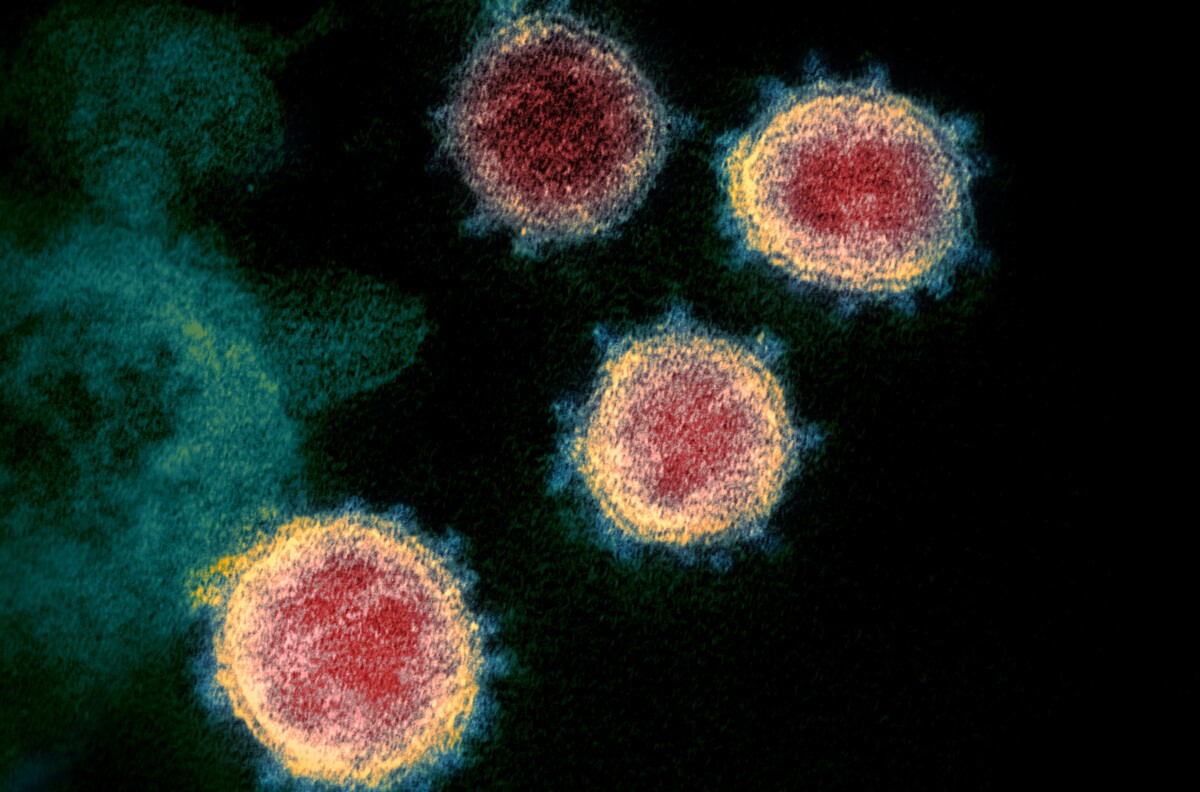A new study published in the journal Science has tracked the spread of the novel coronavirus, SARS-CoV2, across China in January concluding 86 percent of early infections were undocumented. The researchers suggest a “radical increase” in identification of undocumented cases is vital to slow the spread.
The study, from scientists at Columbia University, Imperial College London, UC Davis and the University of Hong Kong, used a computer model to simulate the spatiotemporal spread of the virus based on reported cases in 375 Chinese cites between January 10 and 23. The model ultimately showed the total spread of the virus throughout China in January could not be explained by just accounting for confirmed cases. In fact, the model suggests 86 percent of infections across that period of time went undocumented.
“The explosion of COVID-19 cases in China was largely driven by individuals with mild, limited, or no symptoms who went undetected,” says Jeffrey Shaman, from Columbia University Mailman School and co-author on the new study. “Depending on their contagiousness and numbers, undetected cases can expose a far greater portion of the population to virus than would otherwise occur. We find for COVID-19 in China these undetected infected individuals are numerous and contagious. These stealth transmissions will continue to present a major challenge to the containment of this outbreak going forward.”
The study found these undocumented cases were not as contagious as confirmed cases, with estimates suggesting they were only around half as contagious. However, the study did report these milder undocumented cases were most likely responsible for causing 79 percent of the subsequent documented cases.
A secondary simulation tracking infections from the 24th of January to the 8th of February, following China’s implementation of strict control measures, showed a significant reduction in undocumented cases. This affirms the importance of social distancing and broad testing across the entire community.
“Heightened awareness of the outbreak, increased use of personal protective measures, and travel restriction have helped reduce the overall force of infection; however, it is unclear whether this reduction will be sufficient to fully stem the virus spread,” says Shaman.
This is not the first study to suggest a large volume of COVID-19 cases have gone undetected. An Imperial College London study from February estimated two-thirds of all cases worldwide may have gone undetected. And, although this does imply a large number of people may contract COVID-19 and only suffer mild, or even imperceptible symptoms, it also makes the virus’ spread incredibly difficult to control and track.
In the latest media briefing from the World Health Organization, WHO Director General Tedros Adhanom Ghebreyesus reiterates the two most important things right now are for every individual to practice social distancing, and for countries to expand testing as widely as possible. Testing broadly was the key message from Director General Tedros in this briefing, and on two occasions he repeated the mantra, “test, test, test!”
–
“But the most effective way to prevent infections & save lives is breaking the chains of #COVID19 transmission. To do that, you must test & isolate.
You cannot fight a fire blindfolded. And we cannot stop this pandemic if we don’t know who is infected”-@DrTedros #coronavirus
“We have a simple message for all countries:
test
test
test.
Test every suspected #COVID19 case.
If they test positive, isolate them & find out who they have been in close contact with up to 2 days before they developed symptoms & test those people too”-@DrTedros #coronavirus
–
“… the most effective way to prevent infections & save lives is breaking the chains of COVID-19 transmission,” said the Director General. “To do that, you must test & isolate. You cannot fight a fire blindfolded. And we cannot stop this pandemic if we don’t know who is infected.”
The WHO currently recommends testing of those who have been in close contact with confirmed cases even if they are not showing symptoms.
The new study was published in the journal Science.
Source: Columbia Mailman School of Public Health
–
(For the source of this, and many additional important articles, please visit: https://newatlas.com/health-wellbeing/study-covid-19-spread-china-mild-undocumented-cases-stealth-transmission/)










